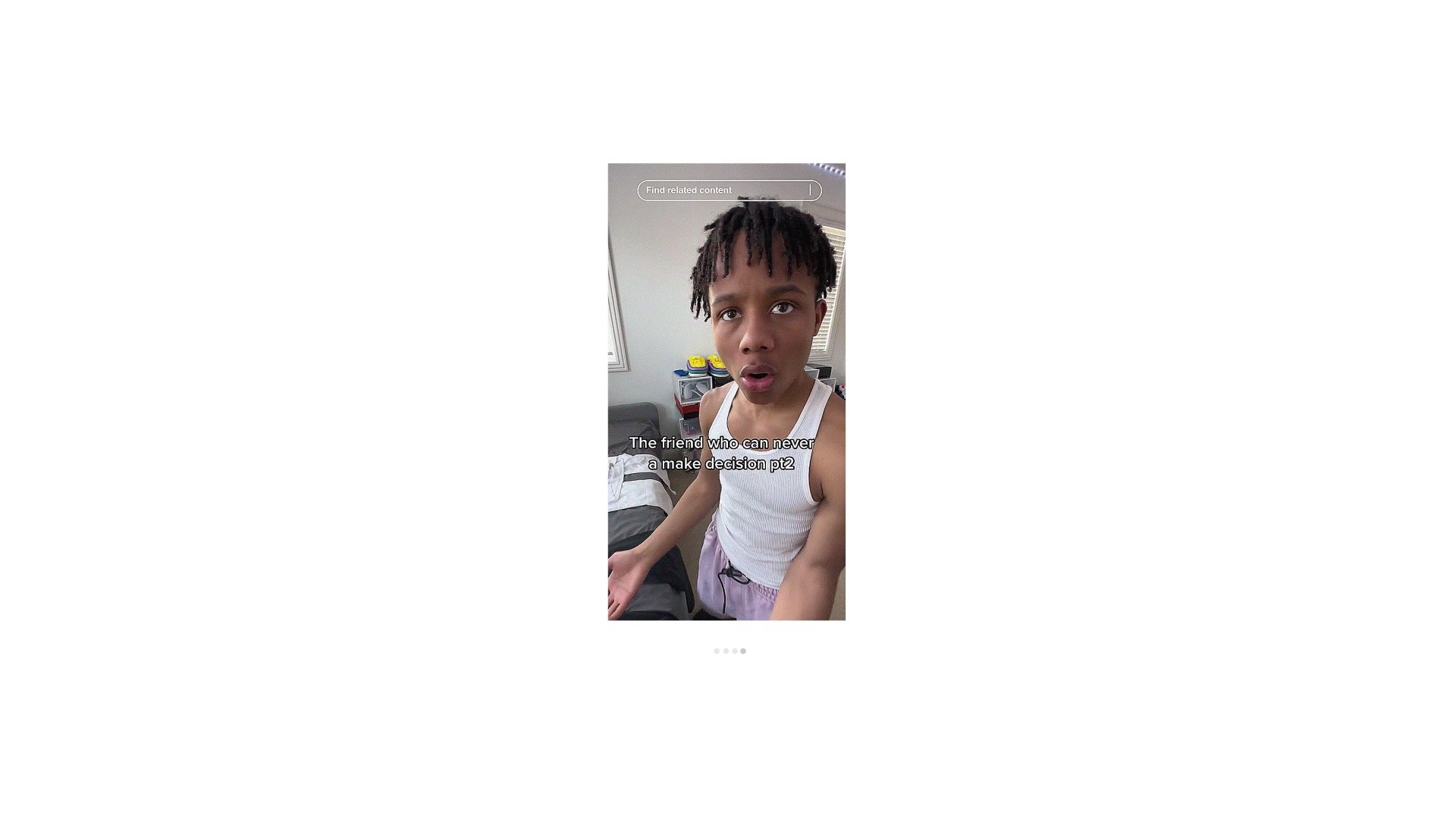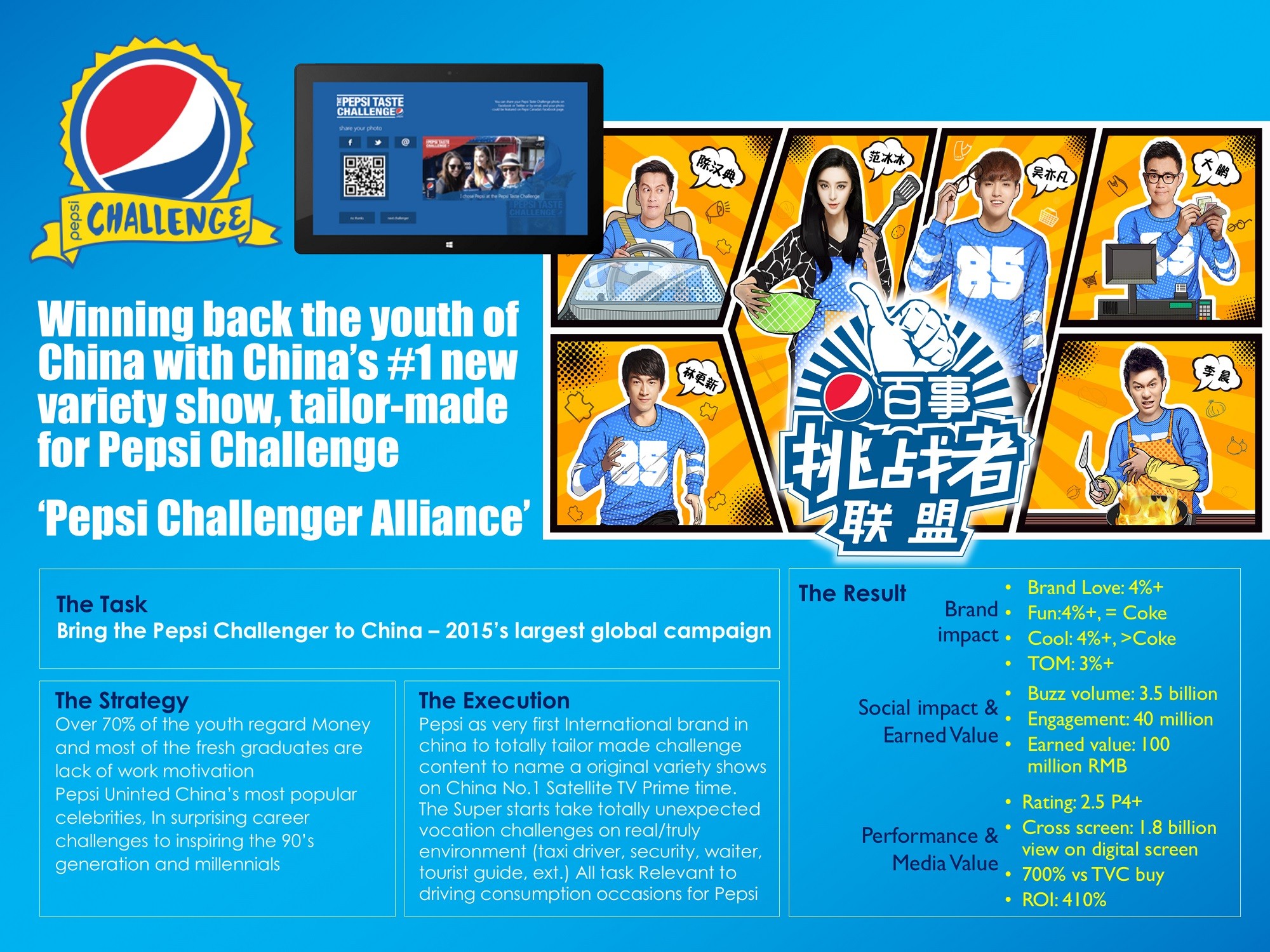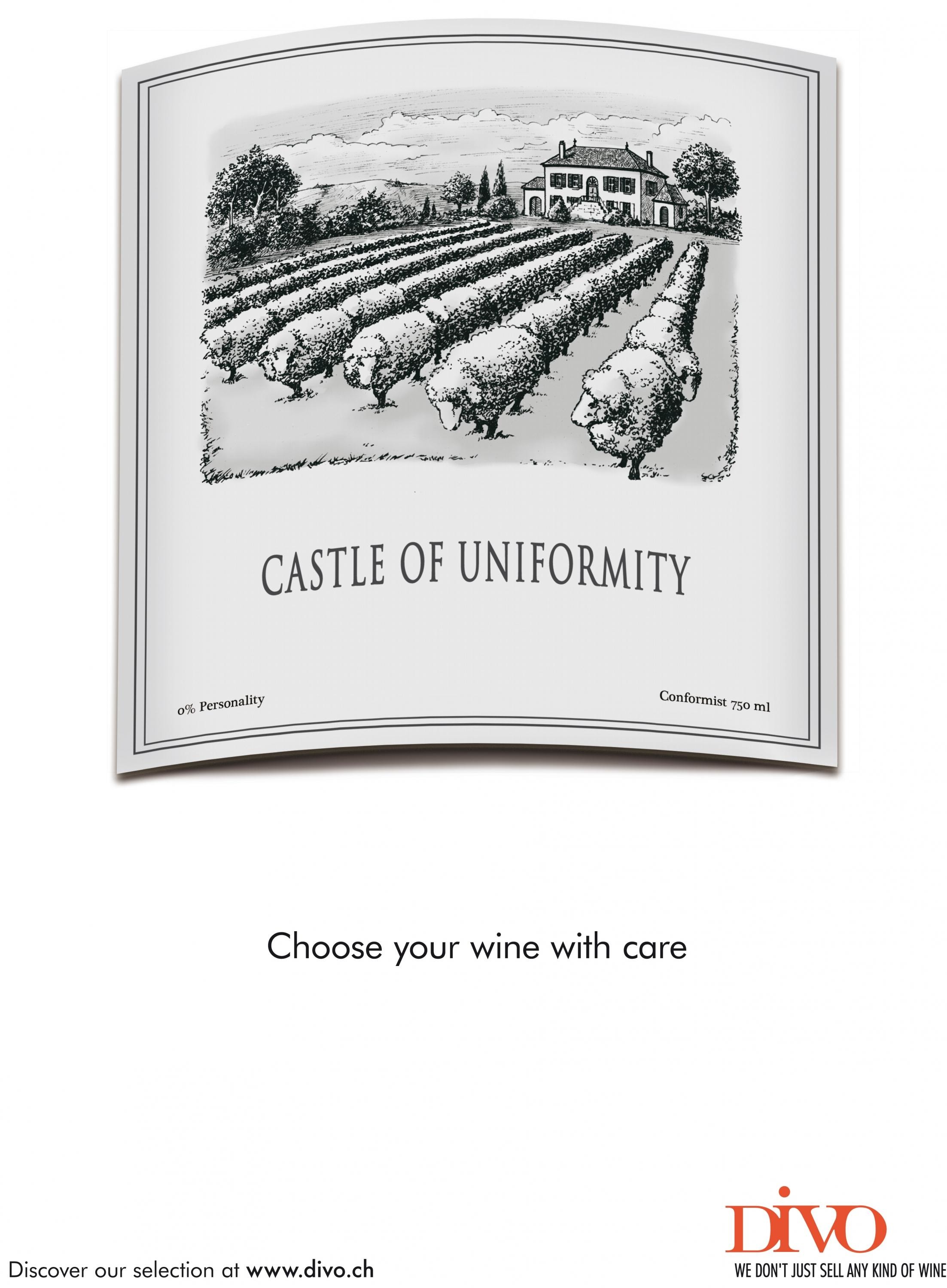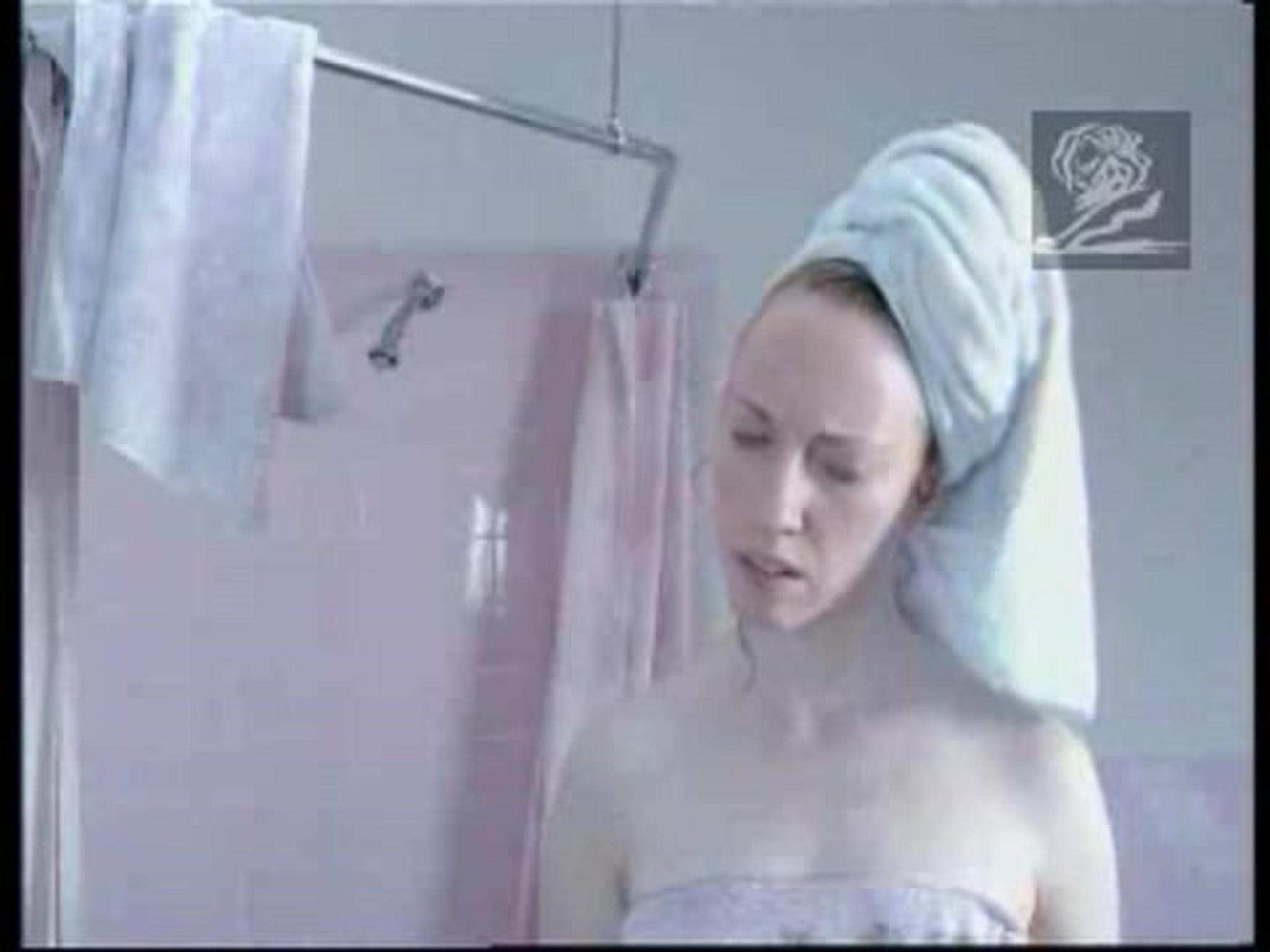Cannes Lions
HEAT THEORY
SANCHO BBDO, Bogota / PEPSI / 2023
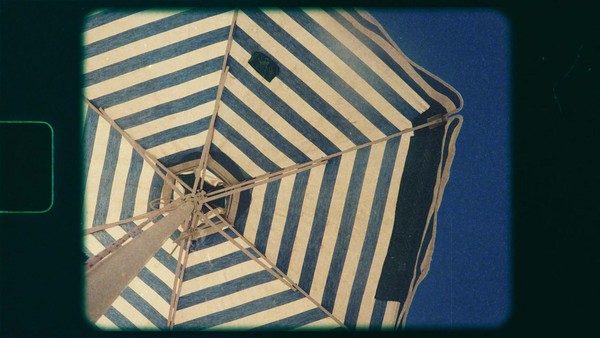

Overview
Entries
Credits
OVERVIEW
Background
SITUATION
In Colombia's Caribbean Coast (one of the country's warmest regions), where Coca-Cola is synonymous with black colas, Pepsi had never been unable to reduce its Market Share gap with the market leader to less than 1pp.
Key to success in this region was the brand attribute "refreshing", but by the end of 2021, Pepsi was losing points in this driver while Coca-Cola remained steady as the most "refreshing" brand in the category (Pepsi's brand tracking study, BMS). To make it more challenging, Colombian law prohibits direct comparisons in advertising.
BRIEF
Strengthen Pepsi's "refreshing" perception to reduce the gap in MS vs. Coca-Cola.
OBJECTIVES:
- Increase Pepsi's "refreshing" attribute.
- Increase Pepsi's MS by 1pp in the Caribbean Coast.
- Get people talking about Pepsi's refreshing characteristics.
Idea
A study conducted by the Sustainability Research Centre at the University of the Sunshine Coast, in Australia, discovered that blue surfaces absorb less solar radiation and reflect more UV rays, making them cooler than surfaces of other colors; like red ones, for example, which absorb almost all wavelengths making them hotter. Therefore, blue is more refreshing than red.
To prove this theory, we tested the temperature of blue (Pepsi's flagship color) vs. red (the competition's color), in one of the hottest cities in Colombia: Santa Marta, which during the third quarter of the year reaches temperatures of up to 42°C. And we did it on a billboard that displayed the two colors connected to a digital thermometer to capture the temperature of each surface in real time.
Strategy
Since the 80s Pepsi has tried to demonstrate its better than Coca-Cola, setting off the Cola Wars. But after some time, the battles became less frequent, and the Cola Wars cooled down. Using this as inspiration, Pepsi looked for new and creative ways to reignite the Cola Wars and get people talking about how much more refreshing Pepsi was.
The answer was found in one of the Laws of Thermodynamics: Surfaces of cooler colors (blue, green, purple, etc.) reflect UV rays more efficiently, helping to remain cool, while warm colors (red, orange, yellow, etc.) absorb them, heating up.
This gave way to the Key Message: Blue is more refreshing! A message that was aimed at young people in one of Colombia's hottest and most important cities, Santa Marta.
One Billboard was created and placed strategically at a high traffic location near the city's beaches where the target could see it.
Execution
Pepsi created a heat measuring billboard split in two halves, one Pepsi blue and the other one Coke red. Each color was connected to a thermometer to measure the specific temperature of each colored surface in real time. This scientific experiment turned billboard was then placed in Santa Marta, one of Colombia's hottest cities, during the month of September when temperatures can get up to 42°C.
During its run, the billboard was able to prove that Pepsi's blue was always cooler, sometimes showing up to 3°C less than Coca-Cola's red.
With this direct attack on Coca-Cola, Pepsi was able to reignite the Cola Wars once more and get people talking about how much more refreshing the drink was compared to the market leader.
Outcome
BUSINESS IMPACT
During the billboard's run Pepsi was able to increase its share in the region by 1.2pp, something no other action achieved in 2022, with the added merit that no other campaign ran in the region at the same time.
BRAND PERCEPTION
Pepsi's "refreshing" attribute in the Caribbean Coast increased 5pp in the brand measurement between September-October 2022, increasing from 22% to 27% vs. the previous measurement.
OBJECTIVE RESULTS
What was initially intended to convince 100,000 Santa Marta residents of the refreshing qualities of Pepsi became the brands biggest PR stunt of 2022, reaching over 1,000,000 people in Colombia and the region, and gaining over U$D500,000 in free press with an investment of just U$D6,000.
CULTURAL IMPACT
- Organic mentions by 50 industry media outlets and 10 bloggers.
- More than 5,000 mentions on Twitter and TikTok.
- Universities like ICESI and CECC covered the case study.
Similar Campaigns
12 items
